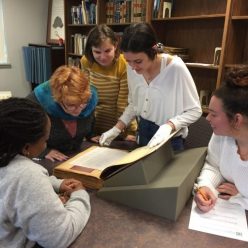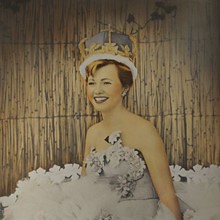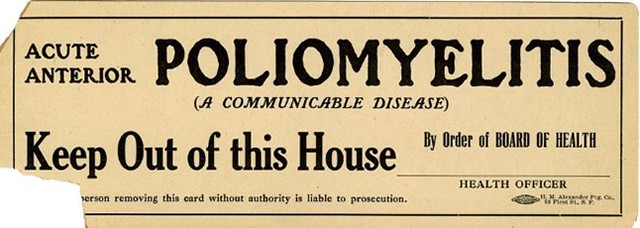By Kathleen Smith, Metadata Specialist
From summer 2017 to December 2019, I worked on the digitized news reel collection from local television station WTAR (now WTKR). During this time, I viewed and edited footage, as well as entering metadata to describe these digitized news reels and clips dating from the 1940s-1980s. A good portion of these digitized reels had no audio to accompany them. In order to create a more detailed narrative for these silent stories, I had to find the “who, what, and where” regarding them. In order to do this, I entered or “Googled” street names, names of places, and even names of people if featured. I even looked in the city directories located in the third-floor stacks, to find information. In some cases, I came up empty handed. In others, I found a trove of information, some it very interesting and fascinating. I have one example of a silent digitized clip in which I did some sleuthing and entered, or should I say “Googled” a name found on a residential mailbox and was very surprised to find who this person was.
Here is the back story-somewhere in 2018, I first viewed a brief 45 second clip that was filmed in December of 1960, in which I saw a group of men paying a visit to a suburban ranch house where the family of P. A. Jensen, Jr. resided (the family’s name is on a mailbox). Opening the door, is presumably Mrs. P. A. Jensen, Jr., who is all smiles. The visitors come with a holiday present for Mrs. Jensen, she even poses for a picture with the visitors whose identities are unknown. I needed a better description than “footage of Mrs. P. A. Jensen, Jr. receiving a holiday gift from unidentified visitors,” so I decided to do some sleuthing. At first, I went out in the third-floor stacks area to look at the Hampton Roads city directories, to find out the full name of P. A. Jensen, Jr. and possibly his wife, as well as where he lived. From looking at the 1959 and 1960 Norfolk city directories, I found the full name for P. A. Jensen, Jr., which was Pierce A. Jensen, Jr., who lived in the Princess Anne County area, now Virginia Beach, Virginia. Next, I returned to my workstation and typed in (Googled) “Mrs. Pierce A. Jensen, Jr.” and I was very surprised to find the results-very surprised. It turns out that Mrs. Pierce A. Jensen, Jr. was Patricia Priest Jensen, who is a very famous and well-known person. She was the daughter of Ivy Baker Priest who was Treasurer of the United States from 1953-1961. Patricia was the first International Azalea Festival Queen (crowned in 1954), but she was better known for her role as Marilyn Munster on the cult comedy television show “The Munsters.”
In 1955, Patricia Priest married Naval officer Mr. Pierce A. Jensen, Jr. and resided in the Bayside area of Princess Anne County, until 1962 when her husband was transferred to California. It was there that she gave acting a try, using the name of Pat Priest. After several small roles on television and a few commercials, she got the part of Marilyn Munster, the teenage niece in a family of monsters. She was the second actress to play Marilyn, replacing Beverly Owen, and starred on the series from 1964-1966. After the “The Munsters,” Priest continued to appear on television and film into the late 1960s and 1970s, including “Easy Come, Easy Go” with Elvis Presley, but she retired from acting in the 1980s and currently resides in Idaho.
Sources:
Mrs. Pierce A. Jensen, Jr., WTAR-WTKR Hampton Roads Virginia Historic News Film Collection, Old Dominion University Library: https://dc.lib.odu.edu/digital/collection/wtar/id/697/
Lisanti, Tom “Pat Priest.” Drive-in Dream Girls: A Galaxy of B-Movie Starlets of the Sixties. https://www.google.com/books/edition/Drive_in_Dream_Girls/j8bUpOl2TgYC?hl=en&gbpv=1&dq=Pat+priest&pg=PA303&printsec=frontcover (viewed 9/11/2020)
“The Munsters” https://en.wikipedia.org/wiki/The_Munsters (viewed 9/11/2020)
“Pat Priest.” https://en.wikipedia.org/wiki/Pat_Priest_(actress) (viewed 9/11/2020)
“Pat Priest-Biography” https://www.imdb.com/name/nm0696330/bio?ref_=nm_ov_bio_sm (viewed 9/14/2020)





